
Fueling Stations of Tomorrow: The Integration of Electric Vehicle Charging Infrastructure
The automotive industry is undergoing a seismic shift, and electric vehicles (EVs) are at the forefront of this revolution. As the world races toward a more sustainable future, traditional fueling stations find themselves at a critical juncture.
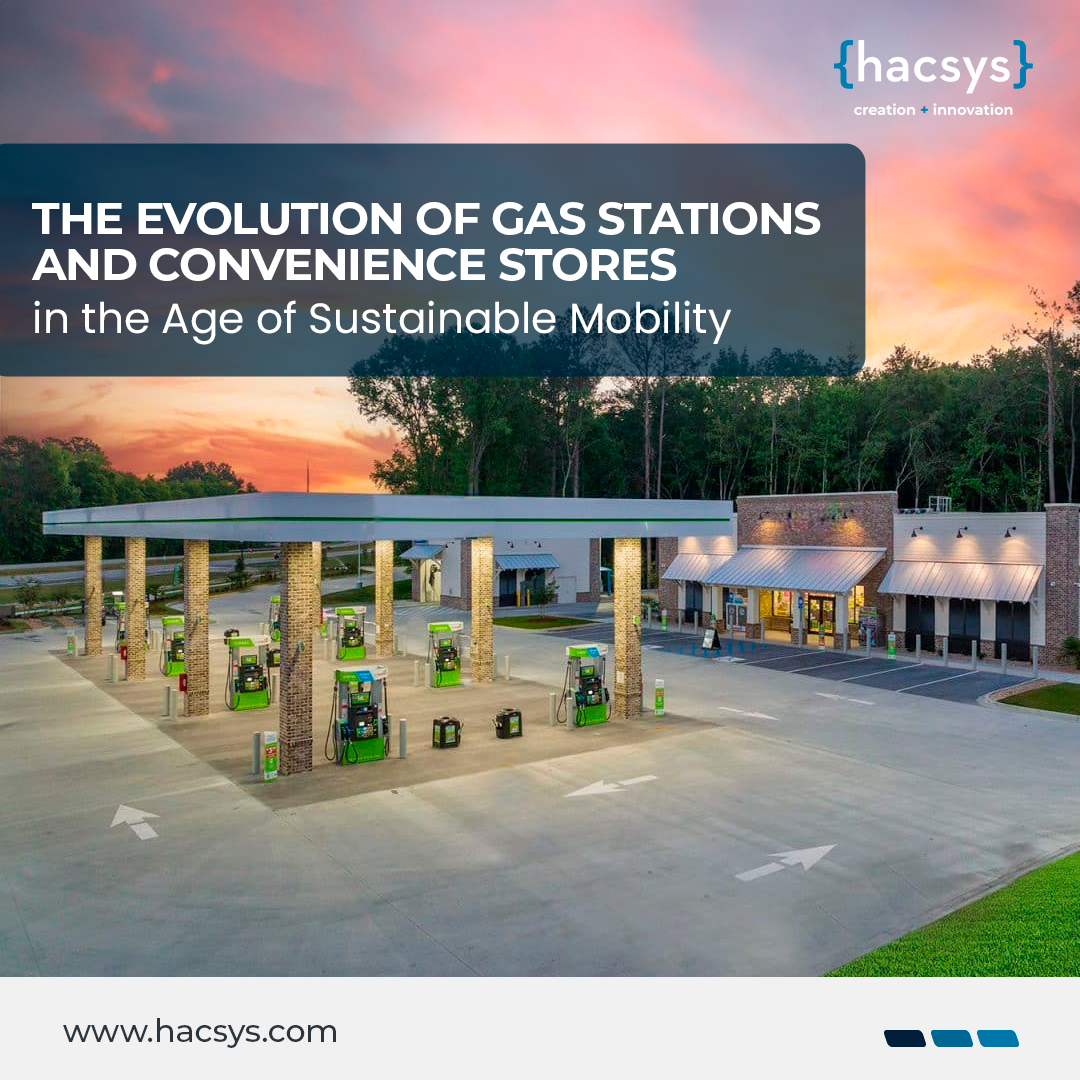
The Evolution of Gas Stations and Convenience Stores in the Age of Sustainable Mobility
The world of gas stations and convenience stores is experiencing a profound transformation, driven by a convergence of technological advancements, changing consumer habits, and the urgent need for sustainability. In this ever-evolving landscape, businesses are faced with the challenge of adapting to new demands while staying true to their core mission of providing convenient and essential services to customers.

The Future is Crystal Clear
In our ever-evolving world, the quest for sustainable and renewable energy sources has taken center stage. We're constantly searching for innovative ways to harness the power of the sun, and one fascinating solution has emerged – transparent solar panels. These revolutionary panels have the potential to reshape how we generate electricity and reduce our carbon footprint in surprising ways.
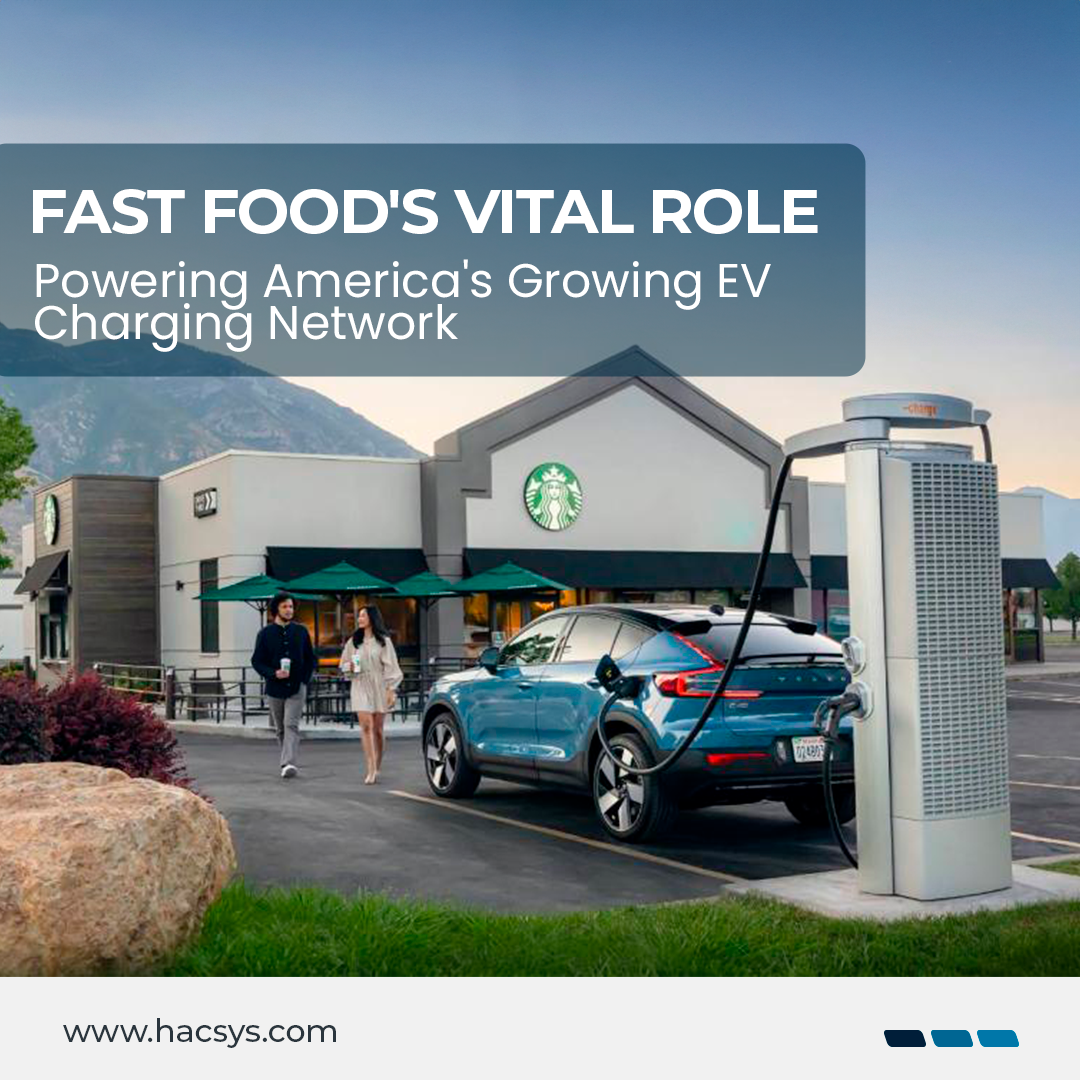
Fast Food's Vital Role in Powering America's Growing EV Charging Network
As the electric vehicle (EV) market accelerates into the mainstream, one of the most pressing challenges is building an extensive and accessible charging infrastructure. While traditional gasoline stations have long been the lifeblood of conventional vehicles, the rise of EVs necessitates a fresh perspective on refueling locations. Surprisingly, an unconventional solution has emerged: fast food restaurants.

Maximizing EV Charging Experience: Adapting gas stations to allow drivers to stay longer
The exponential growth of the electric vehicle (EV) market has led to an increased demand for service stations that can effectively meet the charging needs of customers. In a world where sustainable mobility has become a priority, it is crucial for service stations to adapt and offer an optimal experience that allows drivers to stay longer and make the most of their charging time.

Effective Marketing Strategies for Gas Stations: Fueling Growth and Promotion
Running a successful gas station involves more than just providing fuel to customers. To thrive in a competitive market, gas station owners must employ effective marketing strategies to attract and retain customers.
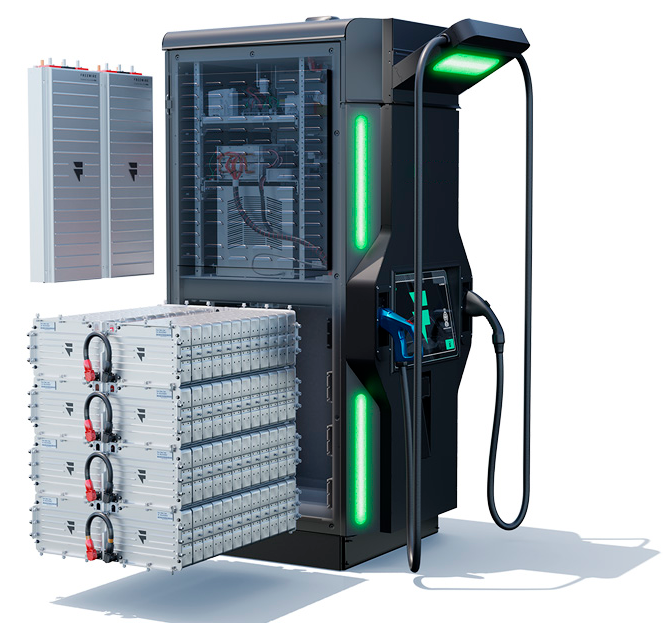
ENERGY STORAGE IN BATTERIES FOR ELECTRIC VEHICLE CHARGING: An Intelligent Solution for Cost Reduction
Energy storage in batteries has emerged as an efficient and sustainable solution. In this article, we will explore the benefits of battery energy storage for electric vehicle charging and how the implementation of intelligent management software can maximize its efficiency and reduce associated costs.
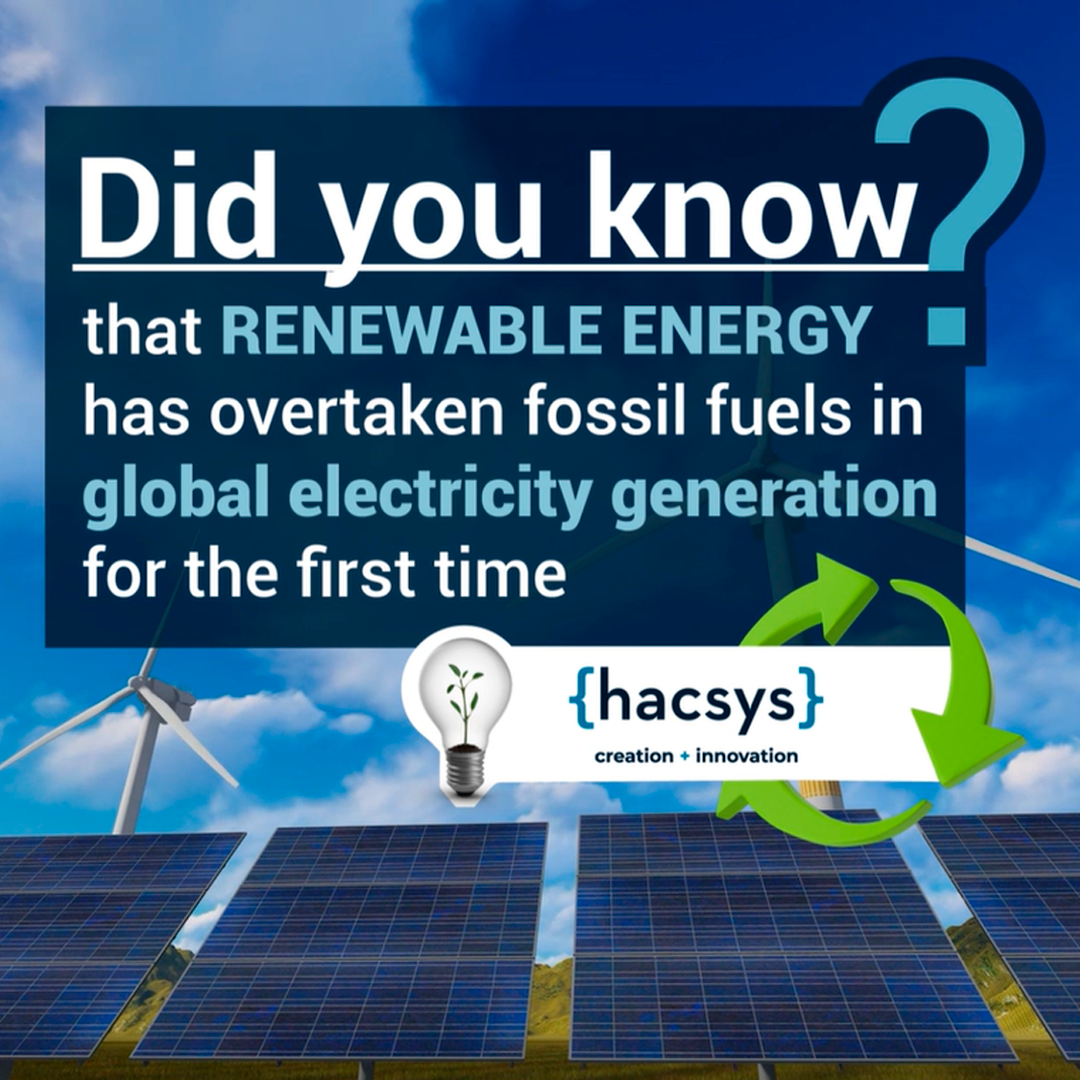
Renewable Energy Overtakes Fossil Fuels in Electricity Generation: A Sign of a Cleaner Future
According to a report by Ember, a UK-based energy research group, renewable energy has surpassed fossil fuels in global electricity generation for the first time.
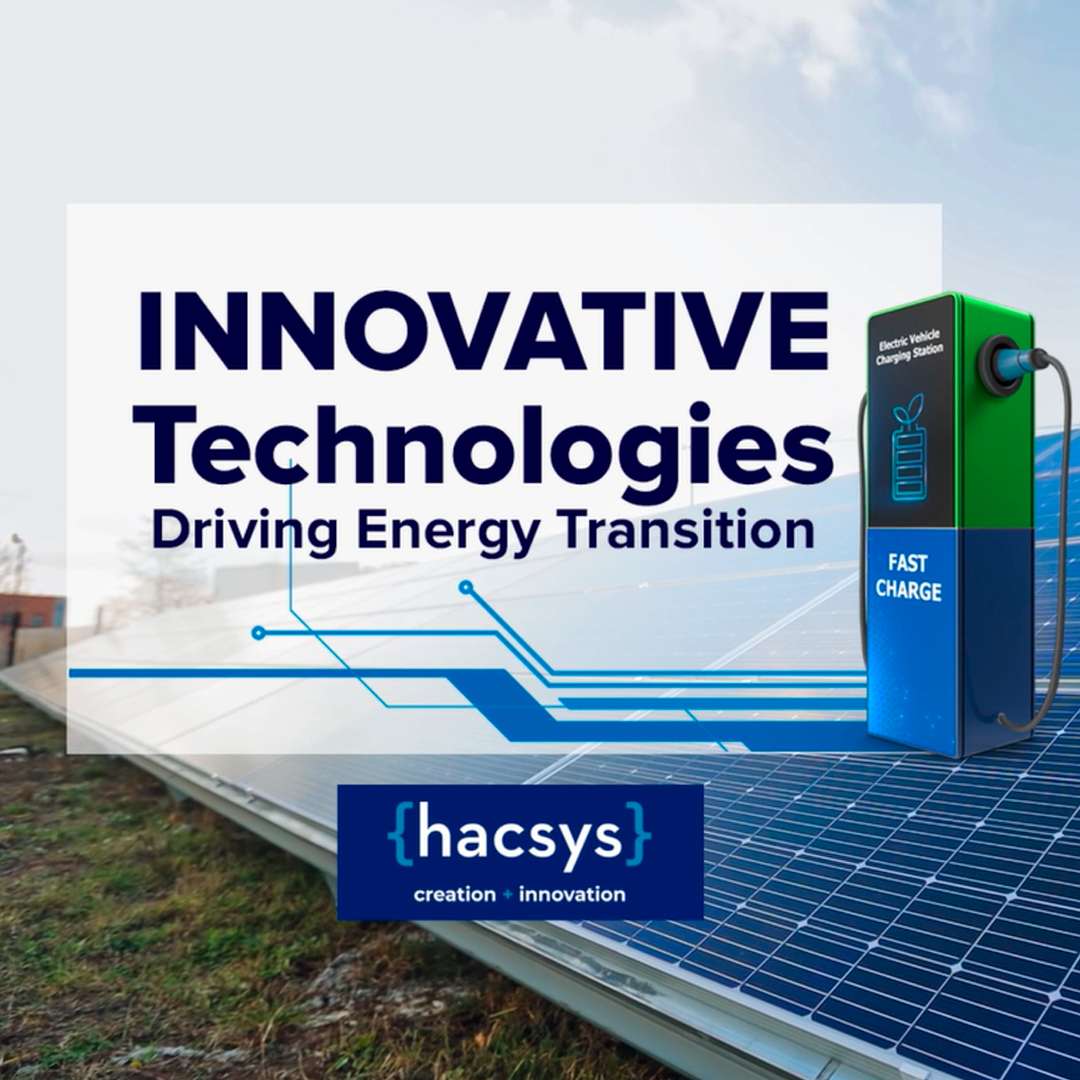
Innovative Technologies Driving Energy Transition
The world is going through a period of transition towards a more sustainable and clean energy future. One of the key drivers of this transition is the adoption of innovative technologies that are driving the shift towards renewable energy sources and reducing our reliance on fossil fuels.
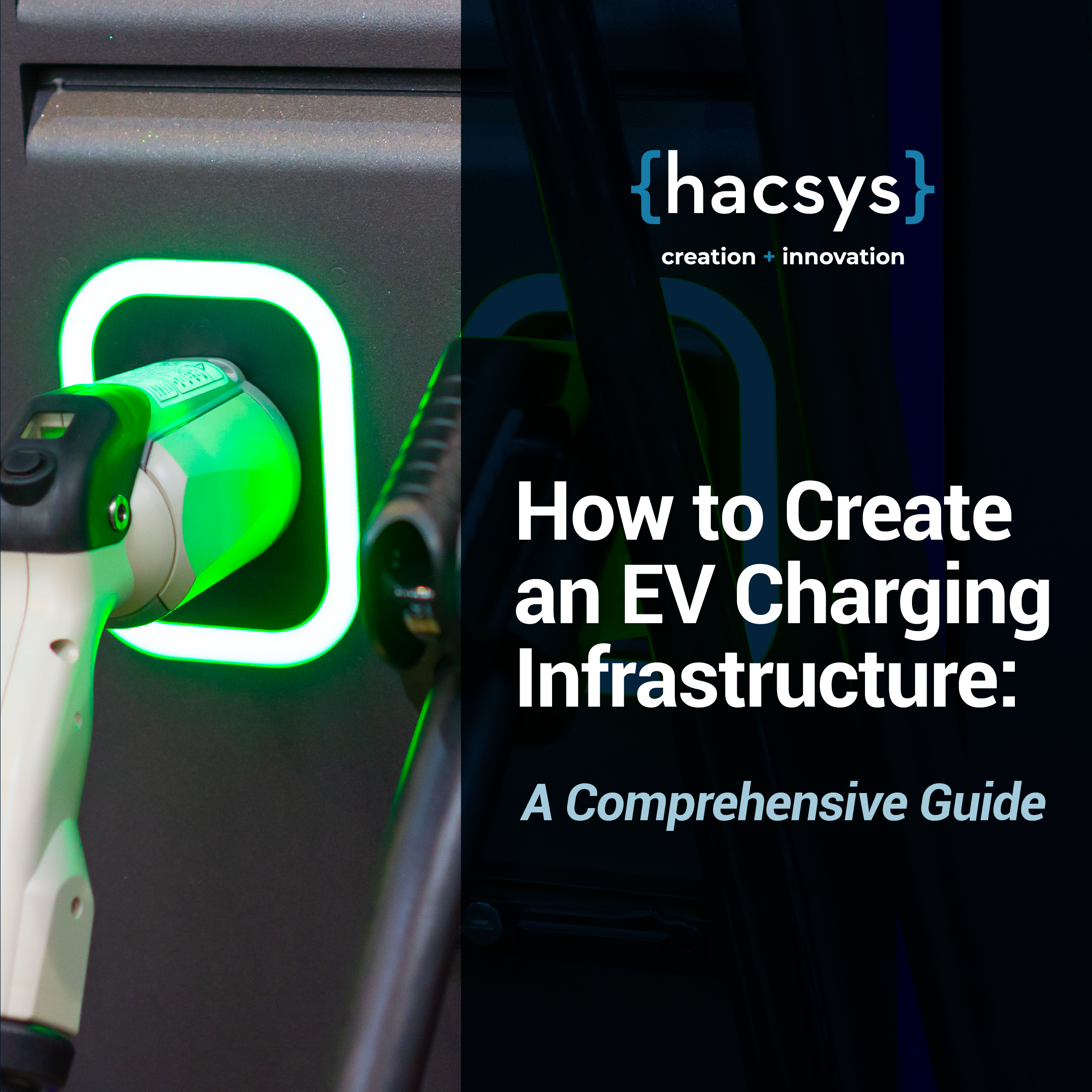
How to Create an EV Charging Infrastructure: A Comprehensive Guide
As electric vehicles (EVs) become increasingly popular, the need for a reliable and accessible charging infrastructure is growing. Building an EV charging infrastructure requires careful planning and execution. In this guide, we will walk you through the steps to create an EV charging infrastructure.

Why Gas Stations in the US are Turning into Supermarkets?
Over the last decade, a trend has emerged in the US: gas stations are increasingly becoming more than just places to fill up your tank. Many gas stations are transforming into convenience stores or even full-scale supermarkets. But why is this happening? In this article, we'll explore the reasons behind this trend and what it means for consumers.

"Smooth and Effective: Hacsys Customized Solutions for Gas Stations Transitioning to Clean Energy
As the world moves towards a more sustainable future, the transition to clean energy has become increasingly important. Gas stations, in particular, play a crucial role in this transition, as they are major consumers of fossil fuels and are responsible for a significant amount of greenhouse gas emissions.
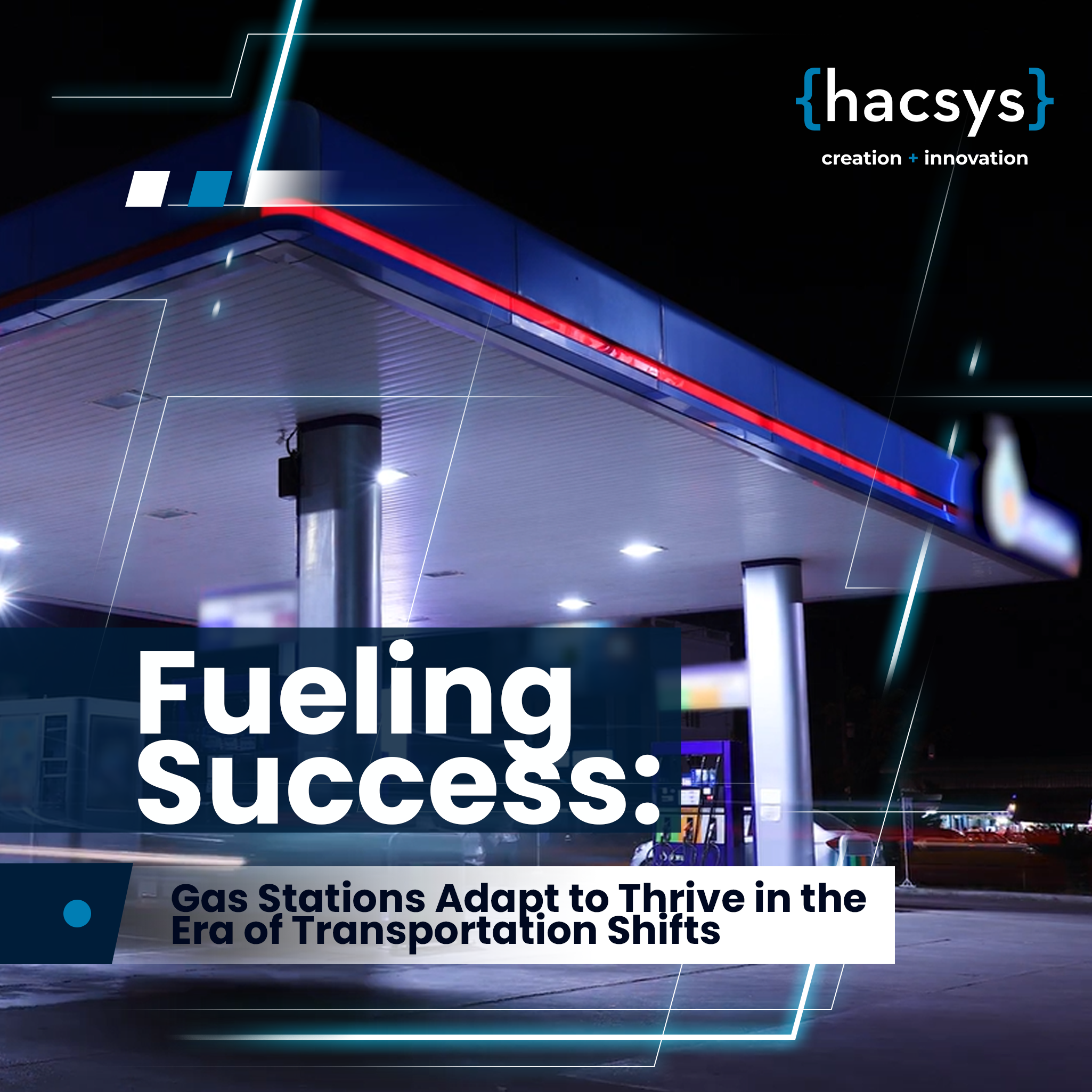
Fueling Success: Gas Stations Adapt to Thrive in the Era of Transportation Shifts
As the United States shifts towards a new era of transportation, gas stations are adapting to stay relevant and attract customers. While gasoline sales remain the primary source of revenue for most gas stations, there are other marketing strategies that can help these businesses thrive.



The new role of gas stations in the framework of the energy transition
The future of gas stations in the energy transition is uncertain. As the world moves away from traditional fossil fuels and towards renewable energy sources, the demand for gasoline is likely to decrease. However, gas stations may still play a role in the transition.

Why 2023 could be the year of the cheap—or cheaper—EV
It’s been, uh, an electrifying year for EVs in America.
Next year could be even better, largely because of a slew of less expensive EVs, which will hit the market along with some new government rules that will make even pricey models affordable.
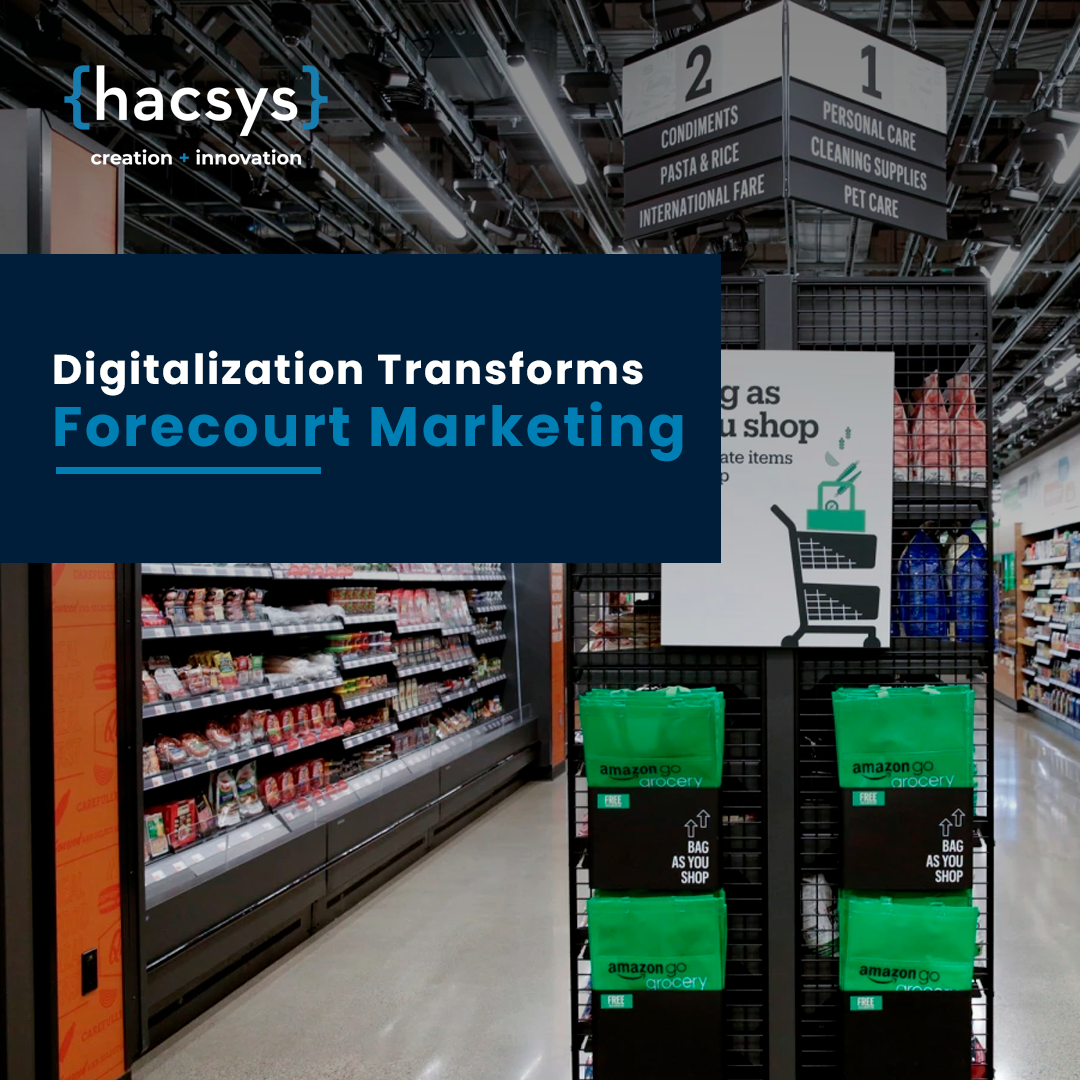
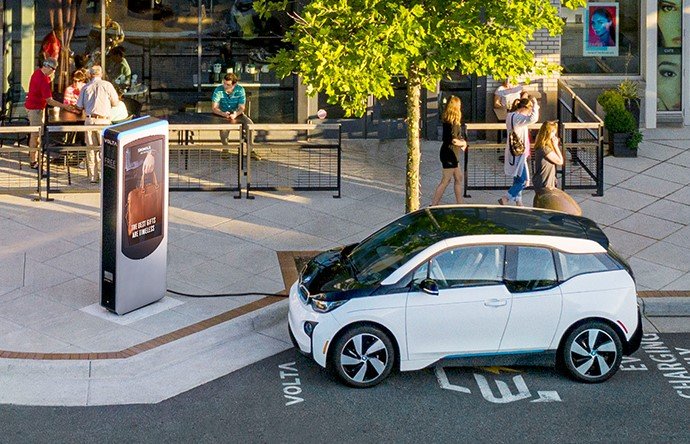
How Cities are Deciding Where Electric Vehicle Chargers Should Go
Places where street parking is the norm and residential driveways are rare face unique challenges when it comes to making sure drivers can plug in their cars.

Germany's $9 Unlimited Train Ticket Experiment Was a Success
Earlier this summer, Germany began offering unlimited train rides for €9 a month (or about $8.99 at current exchange rates) as part of an effort to reduce dependency on private cars and encourage folks to use public transit. Now, initial data shows that the experiment worked — though the research also highlights the strain that increased ridership caused on the country’s public transportation network.
